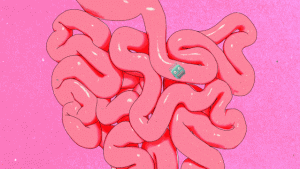
As the saying goes: Walk a hundred steps after a meal and live to ninety-nine. After a full meal, many people will exercise to digest.
Playing ball, swimming, running… Engaging in these exercises just after eating, not only will not be effective, but may damage the gastrointestinal tract, and in severe cases, it will “knot” the intestinal tract.
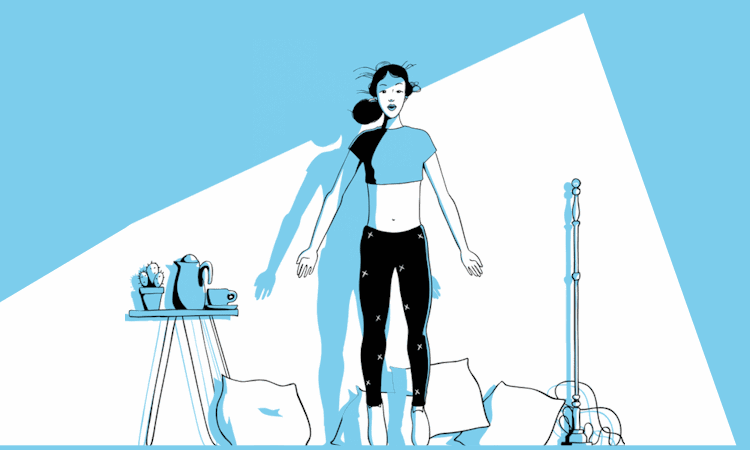
Three places in the intestine are easy to “knot”
Clinically, there are many cases of intestinal volvulus caused by improper exercise after meals.
Intestinal volvulus refers to a disease caused by a certain angle of rotation of a section of intestinal tube along a fixed point, which causes compression at both ends of the rotating intestinal cavity.
Different rotation angles of the intestinal cavity can lead to different degrees of clinical symptoms, ranging from partial intestinal necrosis to fatal abdominal infection.
The risk factors for intestinal volvulus are both internal and external:
Internal factors are the factors of the intestine itself:
the main reason is that the intestinal loop and (or) the mesentery is too long, which leads to greater intestinal mobility, which is more likely to occur to different degrees of torsion. Simply put, it means “longer ropes are easier to knot”.
External causes are those outside the intestinal tract:
including a history of abdominal surgery that causes the mesentery to be unclosed, intestinal tumors, intestinal roundworms, etc., as well as some bad lifestyle habits, such as overeating, habitual constipation, strenuous exercise after a full meal, and heavy Physical labor or irritation from cold, spicy food, etc.
Strenuous exercise or heavy physical labor after a meal is a common cause of intestinal volvulus in adolescents.
In this state, the contents of the intestine are more, the weight increases, the peristaltic contraction will be more intense, and the segments of the intestine are not synchronized, resulting in changes in the position of the intestine, making it more prone to torsion.
The human intestine is mainly divided into three segments: small intestine, large intestine and rectum. They are arranged in an orderly manner in the abdominal cavity, but the intestinal volvulus can still find its weak points and wait for opportunities.
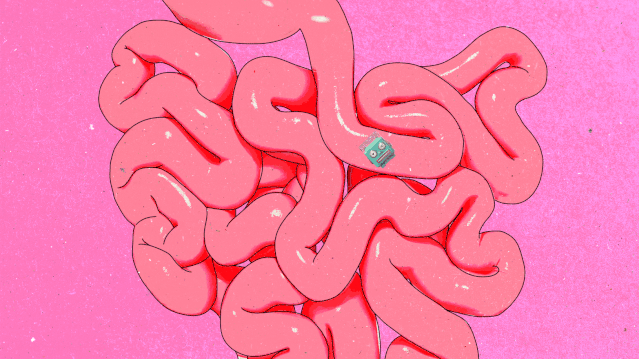
Volvulus
The mesentery of the small intestine is longer and the attachment point is relatively narrow. Torsion is prone to occur when you encounter sudden changes in posture, mesenteric leakage or intestinal peristalsis.
Symptoms: Sudden severe abdominal cramps around the belly button may be accompanied by lower back and back pain. Abdominal distension is not obvious in the early stage, and frequent vomiting, abdominal distension and pain aggravate later.
Cecal volvulus
The cecum is the starting part of the large intestine. Normally, it will be firmly attached to the back wall of the abdomen, but if the connection is not strong enough, volvulus will easily occur.
Acute cecal volvulus often leads to acute intestinal obstruction, resulting in complete intestinal obstruction; subacute cecal volvulus may retain a part of the intestinal cavity, forming incomplete obstruction, or even recurrent attacks, and some can be reset without surgery.
Symptoms: The acute symptoms are sudden right lower abdomen or severe colic in the middle abdomen, with obvious abdominal distension, and the position is asymmetrical. You may touch an air mass in the right lower abdomen; subacute symptoms are right lower abdomen pain and varying degrees of abdominal distension. The symptoms are mild and may last for several days.
Sigmoid volvulus
The last section of the intestine that connects to the anus is the rectum, and the sigmoid colon connects to the rectum. It is located at a corner of the intestine from the front. This position is often prone to obstruction, adhesion, and torsion.
In addition, the sigmoid colon is lengthy, the mesentery is relatively short, and the movable space is large, which is the high incidence area of torsion. Mild sigmoid volvulus may last for less than 1 week, and severe cases may last for 2 to 3 weeks.
It mostly occurs in the elderly with a long history of constipation, and is prone to critical complications such as intestinal necrosis and perforation.
Symptoms: Acute torsion has rapid onset, rapid deterioration, severe abdominal pain, and diffuse pain throughout the abdomen. Patients not only have severe vomiting, but are also prone to blood in the stool, dehydration, and shock; patients with subacute torsion may have progressive left abdominal pain, abdominal distension, and difficulty defecation, a small amount of vomiting etc., in severe cases, vomiting has a foul smell.
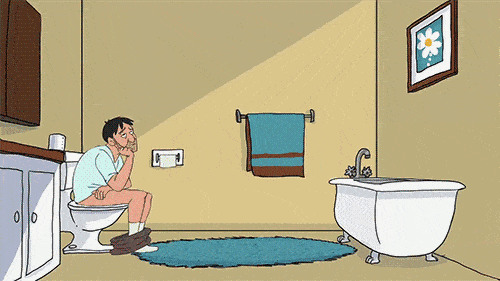
The prevention of intestinal volvulus is mainly for the external causes that induce intestinal volvulus, that is, to develop healthy eating and living habits.
First of all, to avoid strenuous exercise or heavy physical labor after a meal, it is best to rest for 0.5 to 1 hour, then perform relatively gentle exercise, and then gradually increase the amount and intensity of exercise scientifically.
Secondly, avoid overeating, cold and spicy food, and it is not advisable to eat too full, which will increase the irritation and burden of the intestines.
Finally, regular physical examinations should be performed to check for intestinal diseases. Once there is special discomfort such as abdominal pain, bloating, nausea and vomiting, and stopping gas and defecation, you should go to the hospital immediately.
6 habits that hurt your health after a meal
In addition to strenuous exercise, these 6 practices after meals will also have a negative impact on health.
Drink strong tea after a meal
Although tea contains nutrients such as vitamins and theophylline, drinking it after meals is not a good choice. Because this will make the protein in the food combine with the tannin in the tea to form a precipitate, which affects protein absorption.
Recommendation: Drink tea at least half an hour after a meal, not too much, try to drink light tea.
Smoking after meals
The cigarette itself contains more than 600 harmful substances. After a meal, the human body is in a state of digestion and absorption, and the blood circulation and basic metabolism of the whole body are accelerated. If smoking at this time, the toxins in the tobacco will reach all parts of the body through the blood, especially the digestive tract , Respiratory tract and lung function have the greatest impact.
Recommendation: Avoid smoking after meals. Even in normal times, it is best to quit smoking altogether.
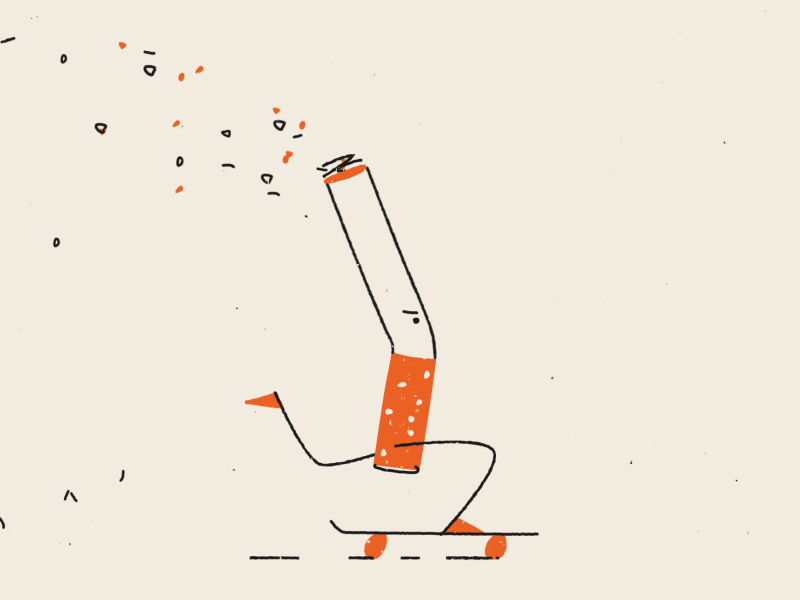
Drink plenty of water after meals
Drinking water immediately after a meal will dilute the gastric juice, slow down its digestion and absorption of food, and easily cause discomfort such as abdominal distension.
Suggestion: If you feel that your mouth feels dry after a meal, drink a little water, not too much at once.
Eat fruit after a meal
After a meal, the stomach is already in a state of being filled with food, and blood sugar is rising gradually. Eating fruits immediately will not only increase the burden on the stomach, affect the normal digestion of food, but also make blood sugar rise faster. Over time, it is easy to induce digestive system diseases and diabetes.
Recommendation: It is best to eat fruit 2 hours after a meal, or between meals.
Sing after dinner
Just after eating, the blood in the body is mostly concentrated in the stomach, and the brain is in an ischemic state. If you sing at this time, it will increase the excitability of the brain, making the blood used to help digestion come to support the brain, resulting in a lack of blood in the stomach. Supply, affecting normal digestion.
Suggestion: If you want to sing and entertain after dinner, it is best to do it after 1 hour.
Drive after meal
The brain lacks blood supply after a meal, and the body’s ability to respond will also decrease. Driving immediately can easily lead to incorrect operations or unresponsiveness in emergencies.
Suggestion: It is best to rest for 30 minutes before leaving after a meal, and drivers should pay more attention.
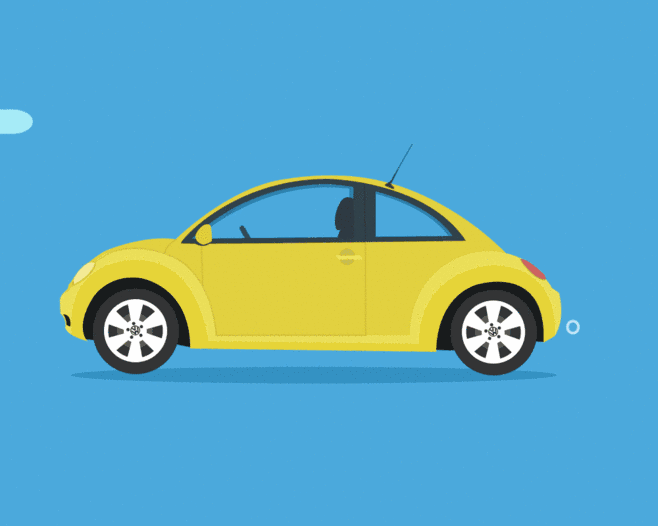
Use three “half an hour after meal”
There are also different health care priorities at various times of the day. After three meals, it is a prime time for maintenance.
Half an hour after breakfast
Eat vitamin-rich fruits such as kiwis and cherries. Then rinse your mouth, do teeth tapping and tongue-twisting exercises to strengthen your teeth and clean your gums and enhance your oral chewing ability.
The elderly can massage the knee joints with hands repeatedly to help the stomach meridian patency. Sitting and raising your legs for 10 minutes will help relax your mood and reduce edema.
In addition, rubbing and massaging the fingers of both hands can also play a refreshing role.
Half an hour after lunch
Don’t eat too much lunch, otherwise it will affect the normal contraction and relaxation of the heart. Greasy food will increase blood viscosity and cause coronary artery disease.
Drinking a cup of yogurt and taking a nap after a meal is very pleasant. But do not go to bed immediately after eating, because gastrointestinal peristalsis speeds up after a meal, a large amount of blood in the body is concentrated in the digestive system, and the oxygen supply to the brain is significantly reduced. It is best to rest after half an hour after lunch.
If the sun is not too strong, the elderly can expose their backs for a short time to help the body synthesize vitamin D, promote calcium absorption, and prevent osteoporosis. The summer is hot, do not spend too much time in the sun to avoid heatstroke and sunburn.

Half an hour after dinner
This is a good time to take a walk and exercise. For about 30 minutes, it can enhance gastrointestinal motility, promote blood circulation, and reduce fat accumulation.
People with good physical condition and young age can walk fast (120~140 steps/minute) or moderate speed (100~120 steps/minute), and exercise time is 30 minutes to 1 hour. People with poor physical fitness and older age are best to walk slowly (70-100 steps/min), and exercise for 20-30 minutes.
Comments